When accelerating forward the otoliths in the utriculus/sacculus will ? [ Training professional ]
Question 112-1 : Give the illusion of climbing body tilting backwards nose of the a/c going up give the illusion of banking give the illusion of straight and level flight give the illusion of descending body tilting downwards or forwards nose of the aircraft going down
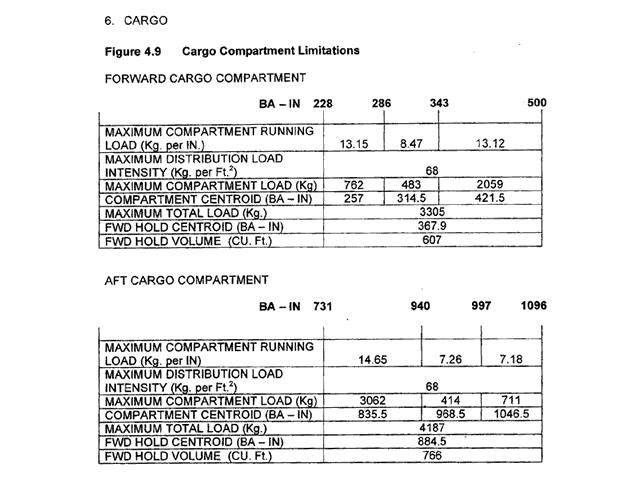 Give the illusion of climbing (body tilting backwards, nose of the a/c going up).
Give the illusion of climbing (body tilting backwards, nose of the a/c going up). Which of the following statements concerning barotrauma are correct ?
Question 112-2 : It is caused by pressure differentials between gases in hollow cavities of the body and the ambient pressure it is caused by an increase in the partial pressure of oxygen associated with a decrease in altitude it is more likely to occur during ascent then during a rapid descent it is mainly associated with a sink rate which exceeds the ability of the body to balance its internal pressures
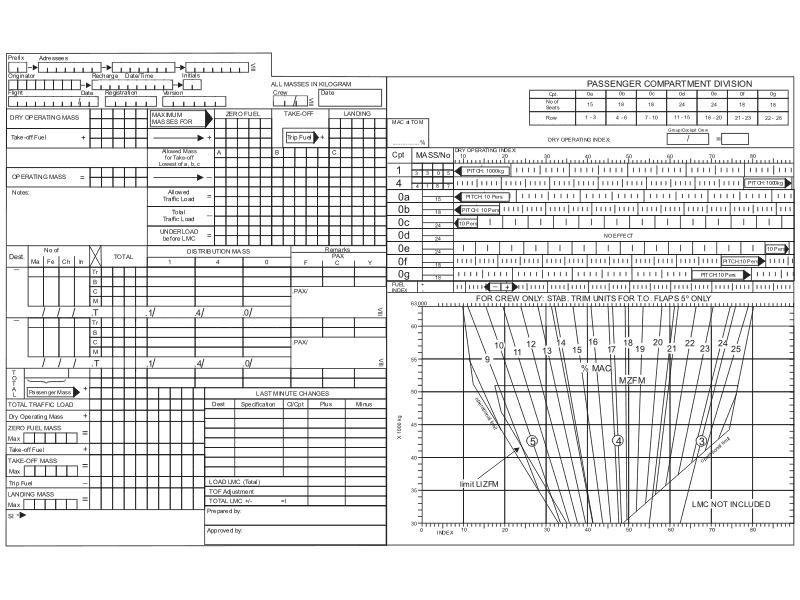 It is caused by pressure differentials between gases in hollow cavities of the body and the ambient pressure.
It is caused by pressure differentials between gases in hollow cavities of the body and the ambient pressure. Which of the following statements about hyperthermia is correct ?
Question 112-3 : Complete adaptation to the heat in a hot country takes about a fortnight vasodilatation is the only mechanism which is capable of reducing body temperature evaporation is more effective when ambient humidity is high performance is not impaired by an increase in body temperature to 40°c or more
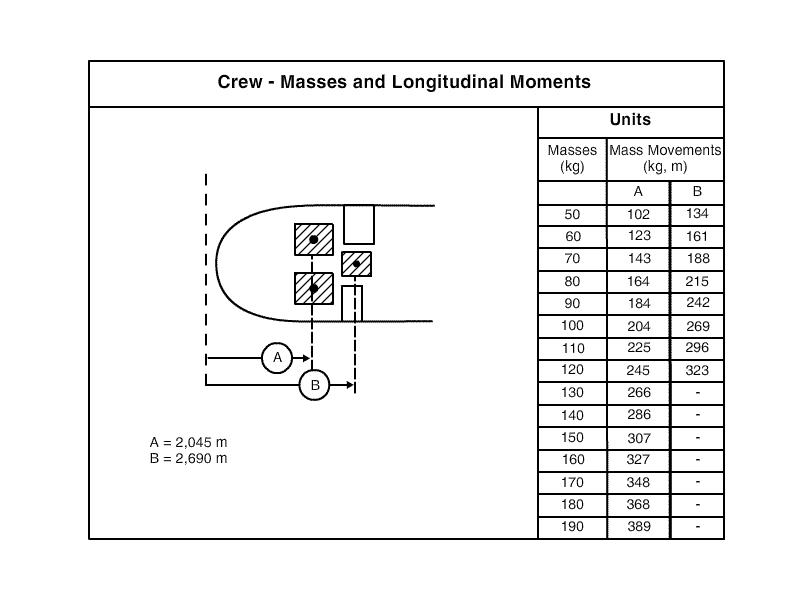 Complete adaptation to the heat in a hot country takes about a fortnight.
Complete adaptation to the heat in a hot country takes about a fortnight. Which of the following occurs in man if the internal body temperature increases ?
Question 112-4 : Impairment of physical and mental performance apathy considerable dehydration nothing significant happens at this temperature the first clinical signs only start to appear at 39°c
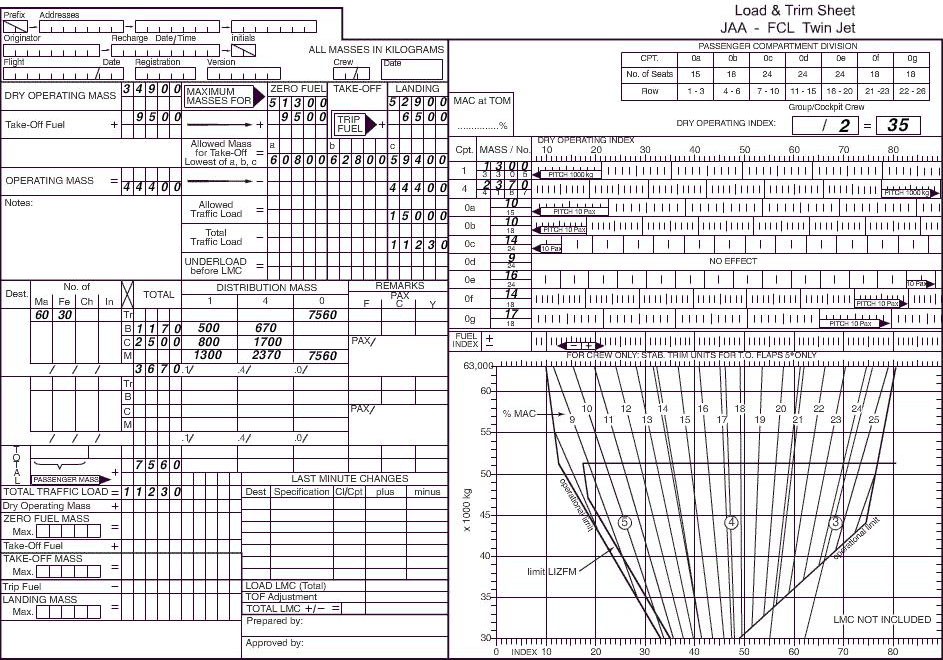 Impairment of physical and mental performance.
Impairment of physical and mental performance. Which of the following list are symptoms of fatigue .1 diminished ?
Question 112-5 : 1 2 3 and 5 1 2 and 4 1 2 3 4 and 5 2 and 5 only
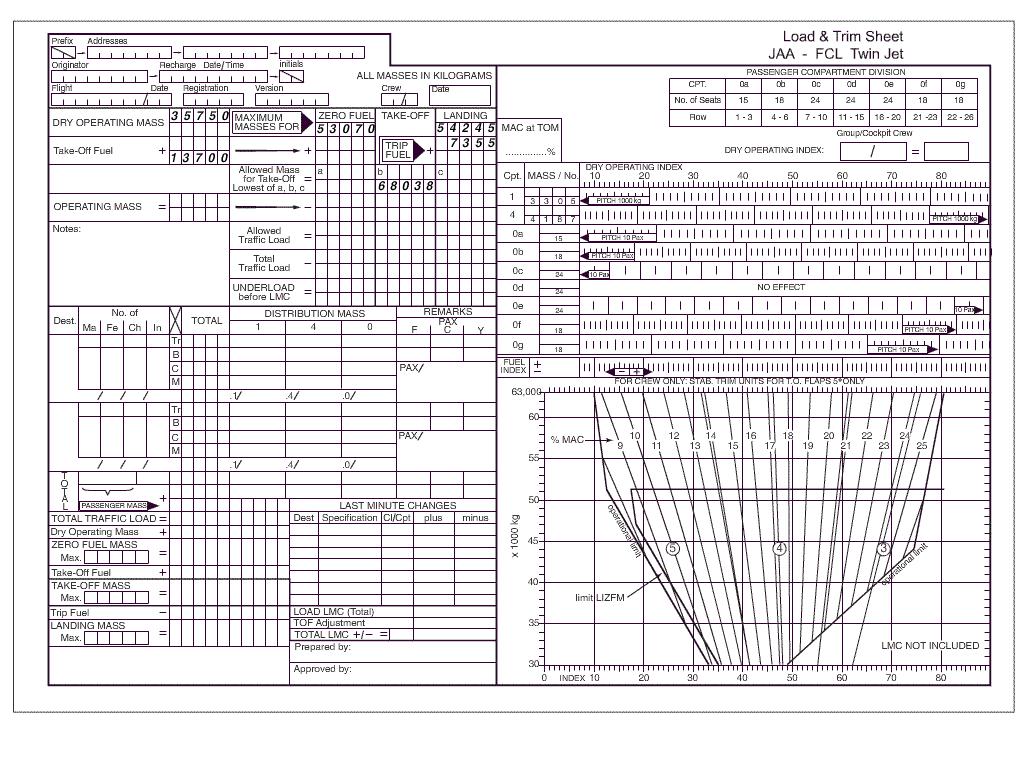 1, 2, 3 and 5.
1, 2, 3 and 5. Tuc time of useful consciousness is ?
Question 112-6 : The length of time during which an individual can act with both mental and physical efficiency measured from the moment at which he/she is exposed to hypoxia the time before becoming unconscious at a sudden pressure loss the time after pressure loss until decompression sickness sets in the time between the start of hypoxia and death
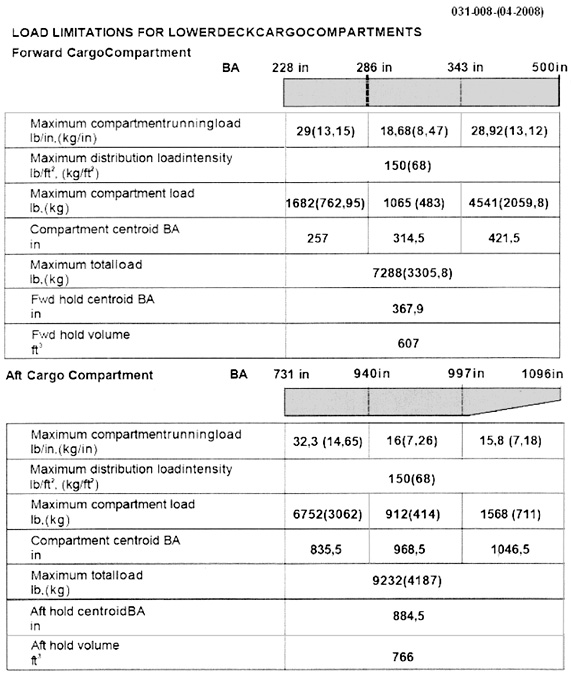 The length of time during which an individual can act with both mental and physical efficiency, measured from the moment at which he/she is exposed to hypoxia.
The length of time during which an individual can act with both mental and physical efficiency, measured from the moment at which he/she is exposed to hypoxia. When considering the eating habits of pilots ?
Question 112-7 : Breakfast should bring about 25% of the daily calorie intake low fibre and low protein/carbohydratediet is ideal a heavy supper is best high intake of chocolate is recommended before flight to prevent reactional hypoglycemia
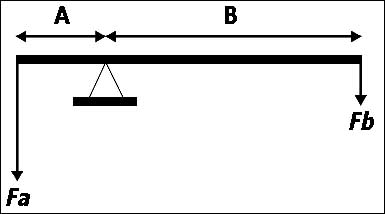 Breakfast should bring about 25% of the daily calorie intake.
Breakfast should bring about 25% of the daily calorie intake. What are the main sources of radiation at height ?
Question 112-8 : Galactic cosmic caused by galactic particles and solar radiation caused by solar flares ionisation of the layers in the atmosphere due to the bombardment of galactic cosmic radiation solar radiation caused by solar flares and nuclear radiation caused by the earth's natural radiation galactic cosmic and nuclear radiation which are both caused by the earth's natural radiation
 Galactic (cosmic) caused by galactic particles and solar radiation caused by solar flares.
Galactic (cosmic) caused by galactic particles and solar radiation caused by solar flares. Up to what altitude is blood oxygen saturation reduction unlikely to affect a ?
Question 112-9 : 10 000 ft 20 000 ft 25 000 ft 30 000 ft
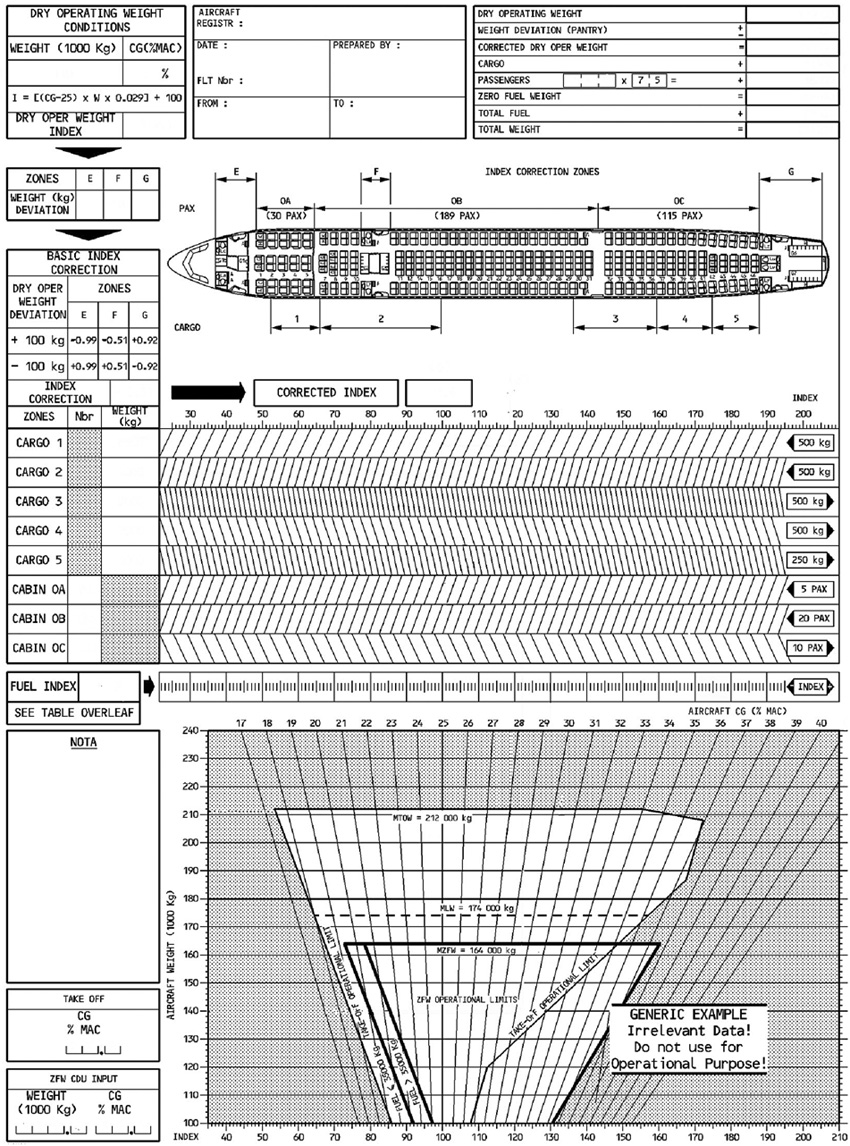 10 000 ft.
10 000 ft. What can cause spatial disorientation ?
Question 112-10 : False perception of orientation of the aircraft with respect to spatial references damage to the receptor cells in the e reference to well defined external visual references such as the horizon flying in clear daylight conditions
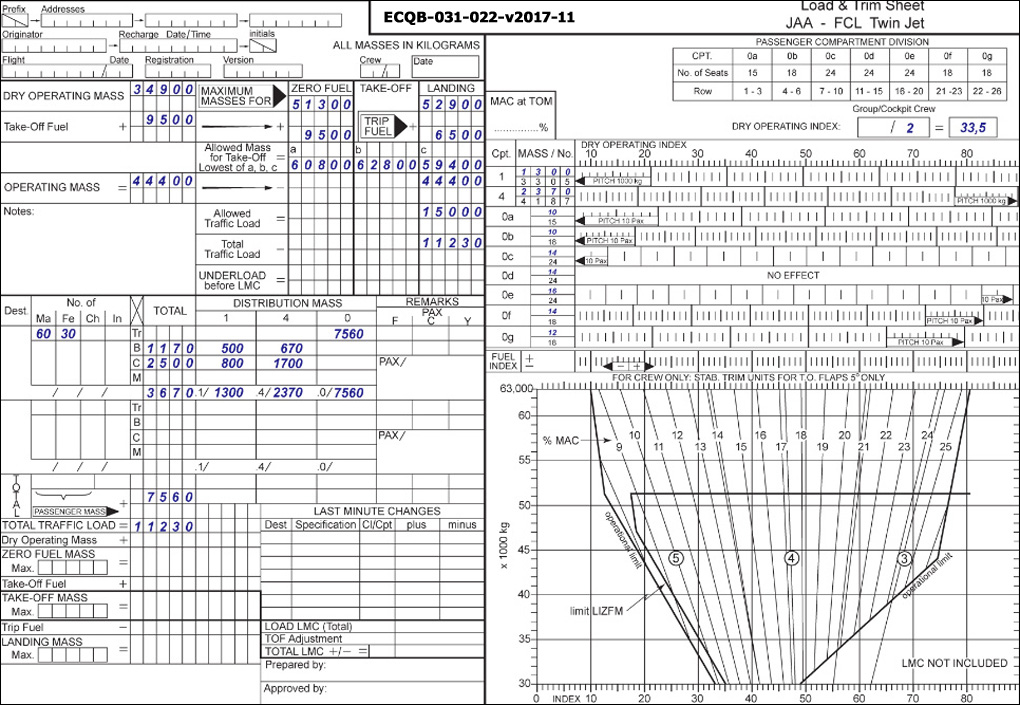 False perception of orientation of the aircraft with respect to spatial references.
False perception of orientation of the aircraft with respect to spatial references. Trace elements should be obtained through ?
Question 112-11 : A balanced diet vitamin pills eating plenty of meat and vegetables dairy products and vegetables
 A balanced diet.
A balanced diet. The vestibular apparatus consists of the ?
Question 112-12 : Semi circular canals and the otoliths eustachian tube and the semi circular canals cochlea and the auditory nerve eustachian tube and the pinna
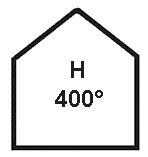 Semi-circular canals and the otoliths.
Semi-circular canals and the otoliths. Cataract is caused by ?
Question 112-13 : A clouding of the lens lack of mobility of the cornea a lack of accommodation at the cornea a mis shapened cornea
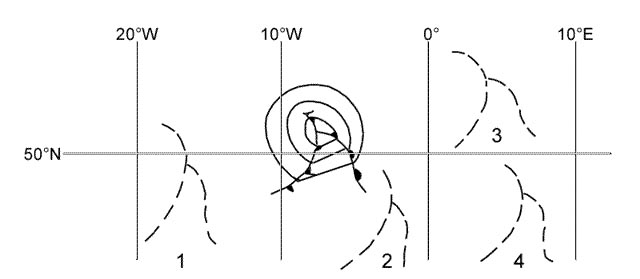 A clouding of the lens.
A clouding of the lens. Vision of terrain relief e g hills valleys etc ?
Question 112-14 : Is based on binocular vision at short distances and the rules of proportion and perspective for objects that are further away is impossible with only one eye is possible at only at distances over 200 m due to binocular vision is impossible if a pilot wears sunglasses
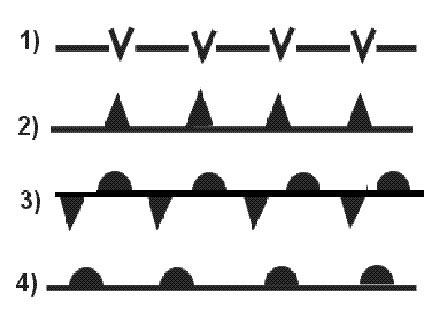 Is based on binocular vision at short distances and the rules of proportion and perspective for objects that are further away.
Is based on binocular vision at short distances and the rules of proportion and perspective for objects that are further away. What is the correct action to counteract vertigo ?
Question 112-15 : Believe the instruments reduce rate of breathing until all symptoms disappear then breathe again normally concentrate on the vertical speed indicator rely on the information from the semicircular canals since these will be transmitting correct information
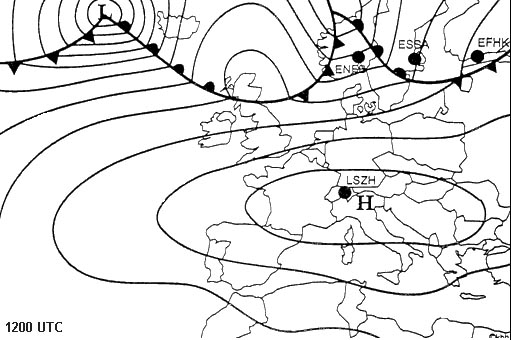 Believe the instruments.
Believe the instruments. When a pilot suffers from hypothermia e g after loss of cabin heating his/her ?
Question 112-16 : Initially increased unaffected reduced giving a better tolerance to hypoxia at higher altitudes raised leading to an increased tolerance to hypoxia
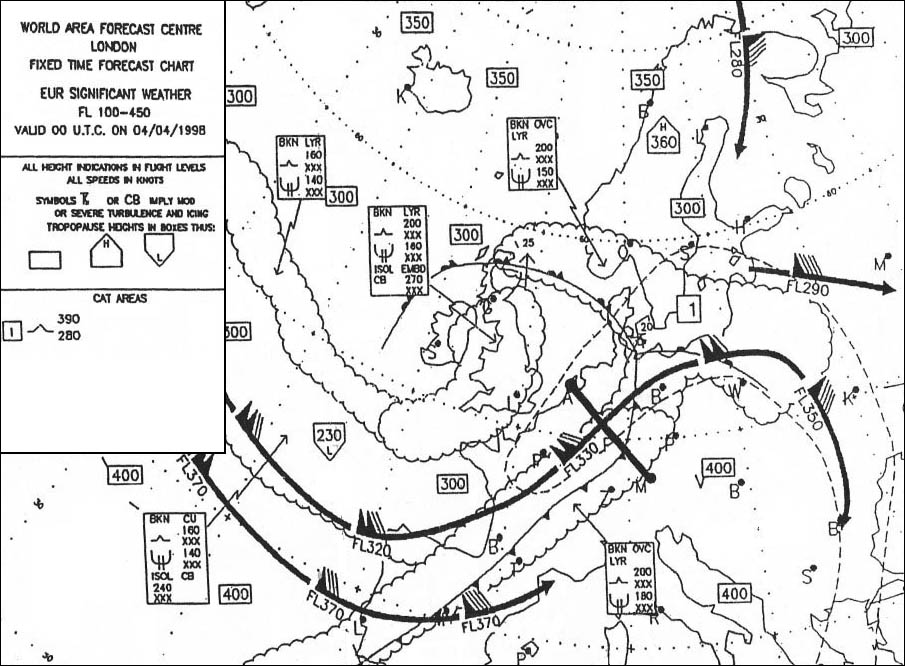 Initially increased.
Initially increased. What law s governs the oxygen transfer at the alveoli ?
Question 112-17 : Gas diffusion laws charles's henry's boyle's
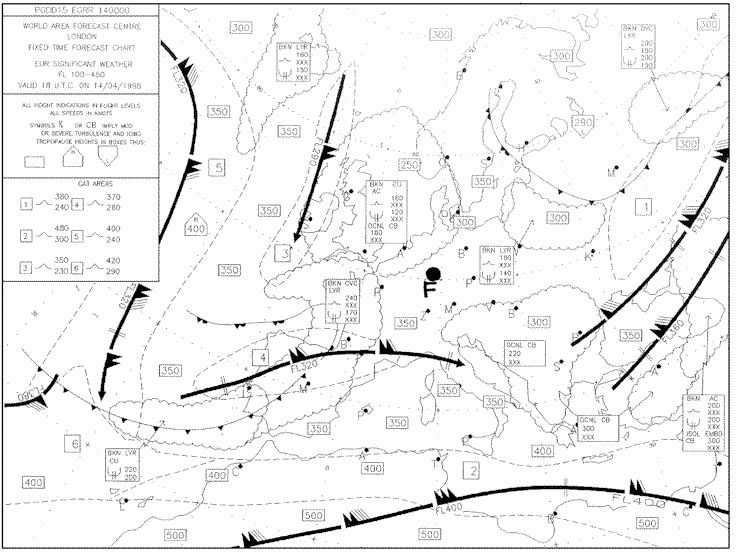 Gas diffusion laws.
Gas diffusion laws. What is meant by presbycusis ?
Question 112-18 : Gradual loss of hearing with age total loss of hearing in one ear due to use of a headset in the cockpit total loss of hearing in both ears due to disease gradual onset of long sightedness with age
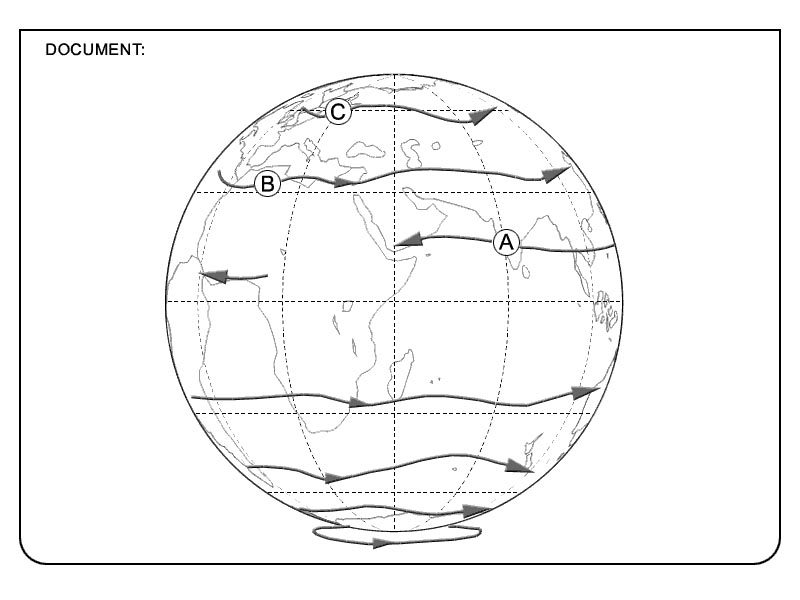 Gradual loss of hearing with age.
Gradual loss of hearing with age. What is hypoxia ?
Question 112-19 : Any condition where the oxygen concentration of the body is below the limits to meet the needs of the body tissues the total absence of oxygen in the blood of the body the respiratory symptom associated with altitude decompression sickness a state characterised by an excessive supply of oxygen which may be due to maladjustment of the mask
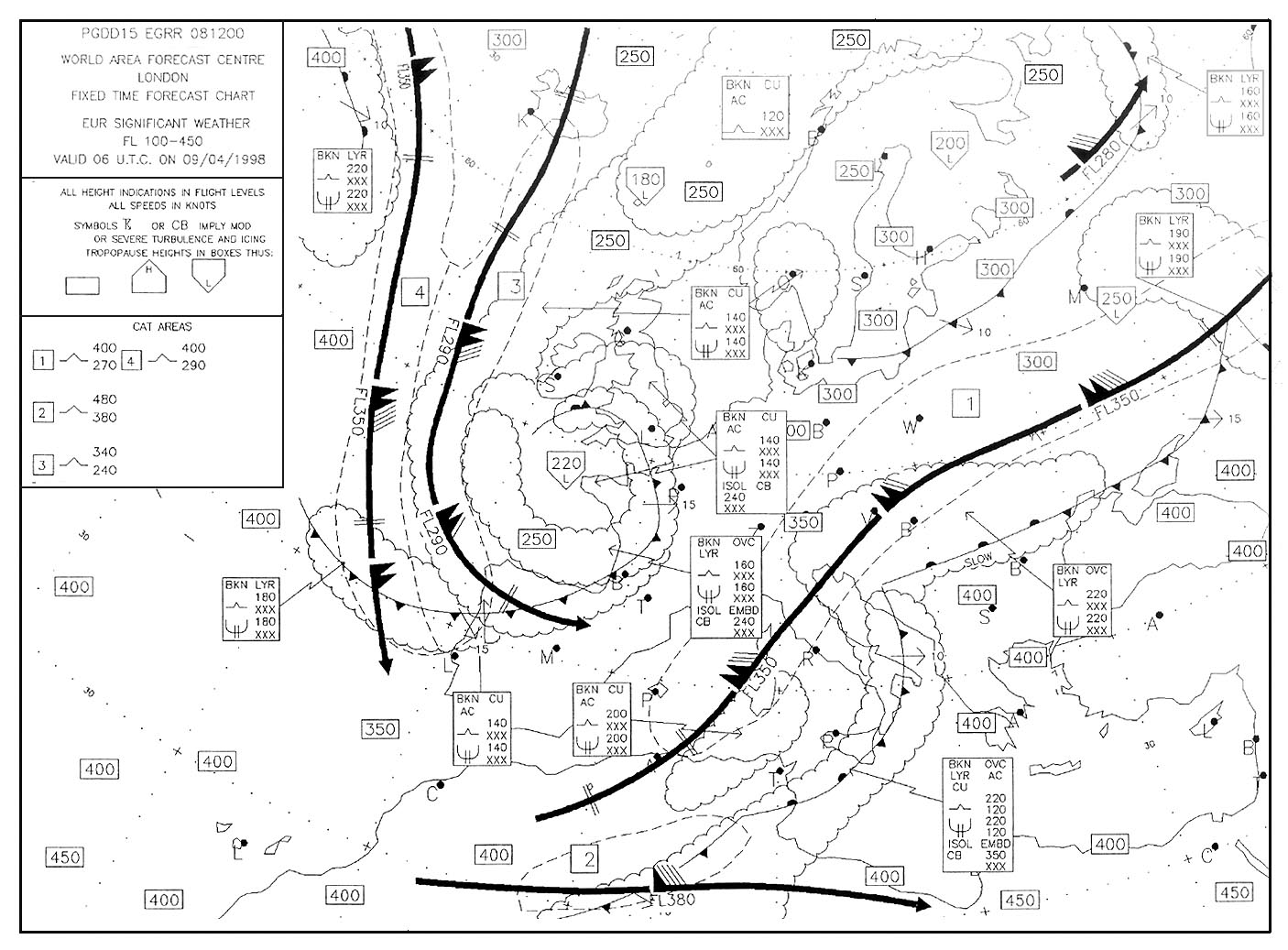 Any condition where the oxygen concentration of the body is below the limits to meet the needs of the body tissues.
Any condition where the oxygen concentration of the body is below the limits to meet the needs of the body tissues. What factors can lead to a deterioration in vision .1 hypoxia.2 smoking.3 poor ?
Question 112-20 : 1 2 3 and 4 1 and 3 2 and 4 1 3 and 4
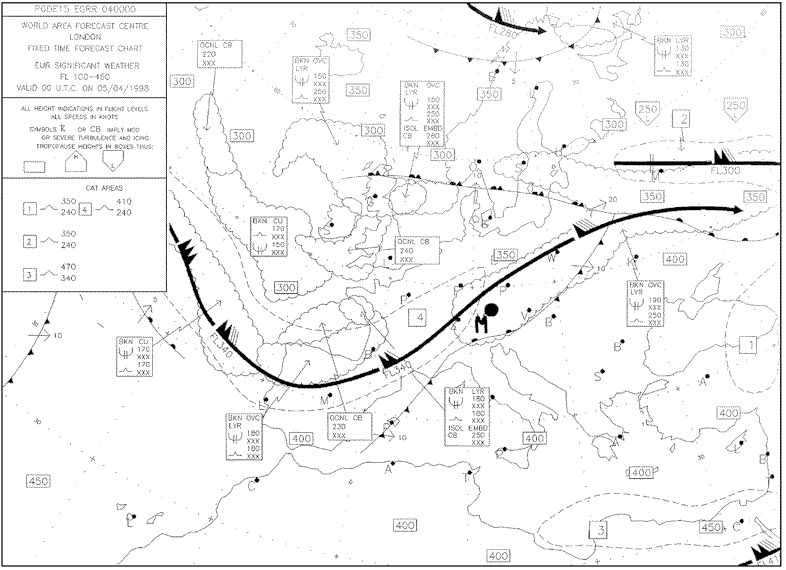 1, 2, 3 and 4.
1, 2, 3 and 4. What diseases can be associated with contaminated water ?
Question 112-21 : Typhoid cholera dysentery tetanus typhoid cholera tetanus typhoid cholera dysentery hydrophobia cholera dysentery
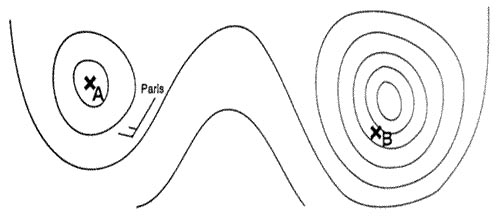 Typhoid, cholera, dysentery.
Typhoid, cholera, dysentery. Medical conditions such as high blood pressure coronary problems and diabetes ?
Question 112-22 : Obesity anorexia nervosa cholera hypoxia
 Obesity.
Obesity. Loss of elasticity of the crystalline lens due to ageing occurs in ?
Question 112-23 : Presbyopia myopia hypermetropia astigmatism
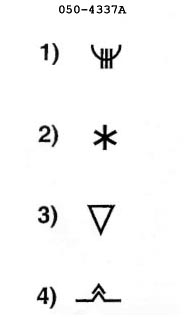 Presbyopia.
Presbyopia. List the constituent parts of the blood and state their function ?
Question 112-24 : Red cells carry oxygen white cells are involved in immunity and platelets coagulate blood red cells carry oxygen white cells coagulate blood and platelets are involved in immunity red cells coagulate blood white cells are involved in immunity and platelets carry oxygen red cells are involved in immunity white cells carry oxygen and platelets coagulate blood
 Red cells carry oxygen, white cells are involved in immunity and platelets coagulate blood.
Red cells carry oxygen, white cells are involved in immunity and platelets coagulate blood. Is it possible to survive depressurized flight at 40 000 feet for more than 10 ?
Question 112-25 : Yes provided 100% oxygen is immediately available from masks no because the partial pressure of oxygen in the lung alveoles at 40000 feet is lower than in the blood causing oxygen to flow backwards from blood to lungs depleting the brain of its oxygen because the partial pressure of oxygen in the blood is independent of that in the lungs no because the brain can never receive sufficient oxygen at 40000 feet even with an oxygen mask
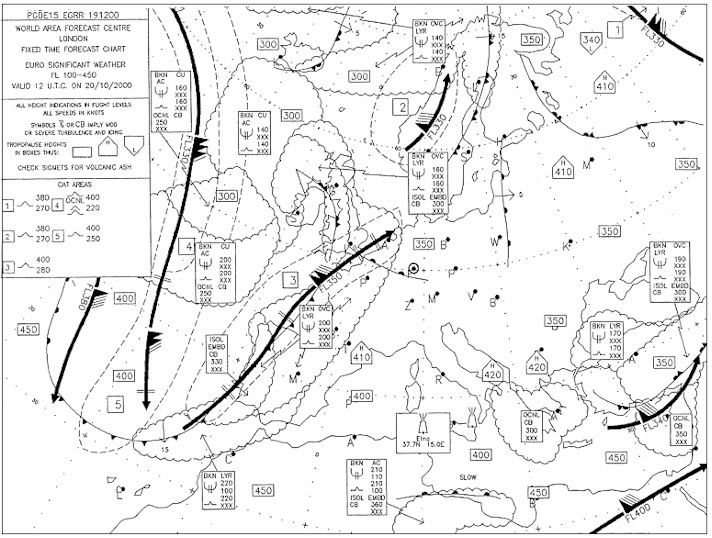 Yes, provided 100% oxygen is immediately available from masks.
Yes, provided 100% oxygen is immediately available from masks. Physical exercise in high temperatures tropical climates may ?
Question 112-26 : Cause painful muscle and abdominal cramps cause the pilot to collapse due to an excess of fluid in the body increase a pilot's resistance to decompression sickness cause dysentery
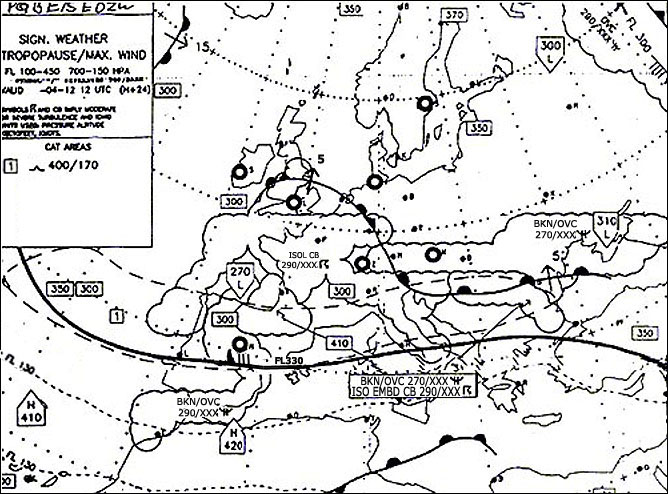 Cause painful muscle and abdominal cramps.
Cause painful muscle and abdominal cramps. Inhaling carbon monoxide can be extremely dangerous during flying which of the ?
Question 112-27 : Carbon monoxide is odo ess and colo ess carbon monoxide increases the oxygen saturation in the blood with increasing altitude the negative effects of carbon monoxide poisoning can be compensated for carbon monoxide has no affinity to haemoglobin
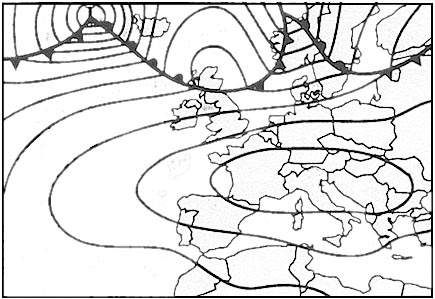 Carbon monoxide is odourless and colourless.
Carbon monoxide is odourless and colourless. Information received from the senses is lost ?
Question 112-28 : Within 10 20 seconds unless it is rehearsed and deliberately placed in the long term memory if an additional action takes place e g pulling a circuit breaker or extinguishing a warning light if you choose to store the information in one of the sensory memories e g iconic or echoic memories only if you suffer from brain damage or disease
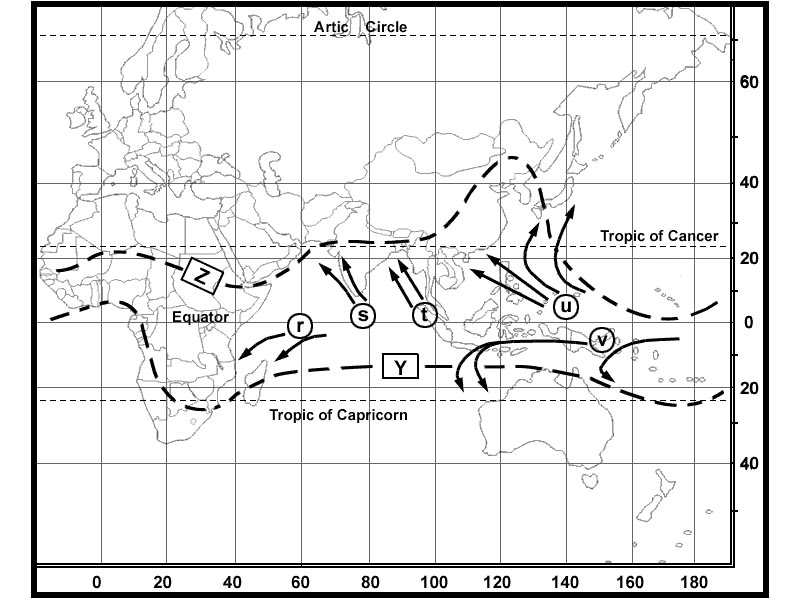 Within 10 - 20 seconds unless it is rehearsed and deliberately placed in the long term memory.
Within 10 - 20 seconds unless it is rehearsed and deliberately placed in the long term memory. In flight incapacitation of a pilot is most frequently caused by ?
Question 112-29 : Acute gastrointestinal disorders chronic pulmonary disorders cardio vascular disorders behavioural disorders
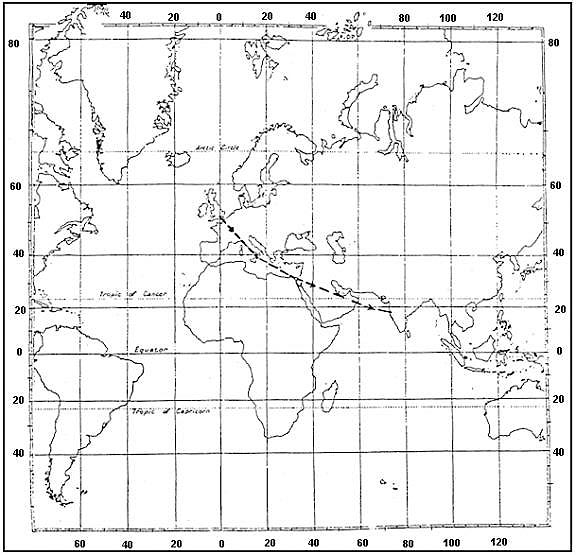 Acute gastrointestinal disorders.
Acute gastrointestinal disorders. Preventing hypoxia at altitude is achieved by ?
Question 112-30 : Pressurizing the air inside the aircraft to achieve oxygen saturation in blood of more than 90% reducing the contents of carbon dioxide by filtering the cabin air pressurizing the air inside the aircraft to maintain oxygen saturation in blood of 30% hyperventilating to increase the intake of oxygen trading oxygen for carbondioxide
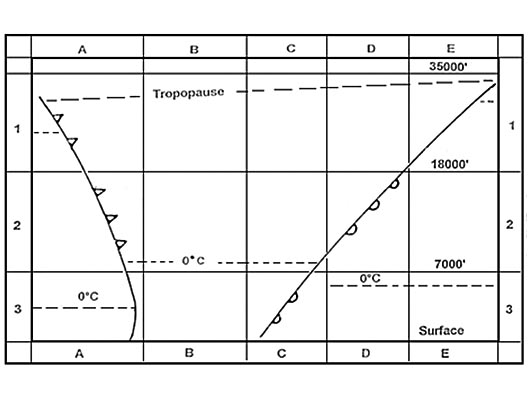 Pressurizing the air inside the aircraft to achieve oxygen saturation in blood of more than 90%.
Pressurizing the air inside the aircraft to achieve oxygen saturation in blood of more than 90%. Stimuli must be of a certain strength for the receptors to pick them up this is ?
Question 112-31 : Sensory threshold sensory filter sensory strength sensory volume
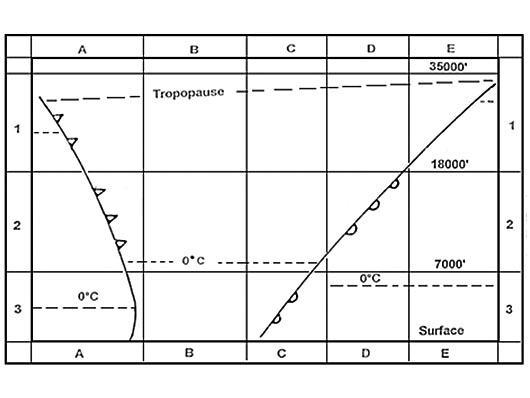 Sensory threshold.
Sensory threshold. By what action could the pressure gradient between the middle and the outer ear ?
Question 112-32 : By swallowing by breathing in by breathing out by coughing
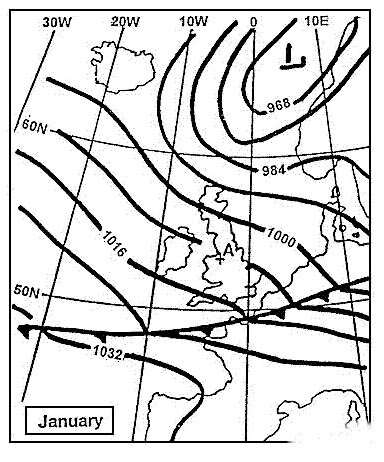 By swallowing.
By swallowing. Spatial disorientation will be most likely to occur during flight ?
Question 112-33 : If the brain receives conflicting information and the pilot does not believe the instruments when flying in and out of clouds and the pilot maintains good instrument cross check when flying in light rain below the ceiling when flying in bright sunlight above a cloud layer
 If the brain receives conflicting information and the pilot does not believe the instruments.
If the brain receives conflicting information and the pilot does not believe the instruments. Smoking 3 cigarettes in 1 hour at sea level will ?
Question 112-34 : Cause a lower degree of hypoxic tolerance not affect night vision when flying at sea level increase your g tolerance considerably by increasing blood pressure prevent serious hyperventilation due to sedation effect of nicotine
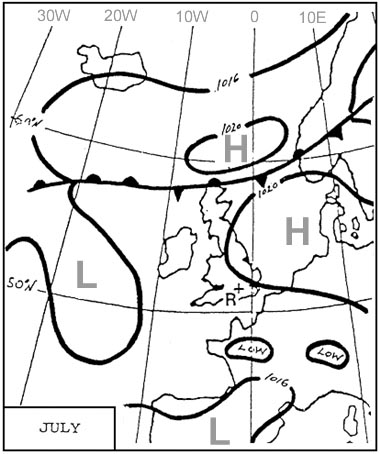 Cause a lower degree of hypoxic tolerance.
Cause a lower degree of hypoxic tolerance. Records of radiation are normally kept for flights above ?
Question 112-35 : 49000 ft 45000 ft 40000 ft 55000 ft
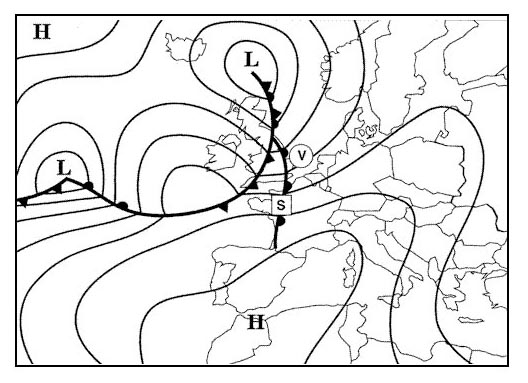 49000 ft.
49000 ft. Presbyopia causes a ?
Question 112-36 : Decrease of accommodation lack of vitamin a lack of empty field mis shapened cornea
 Decrease of accommodation.
Decrease of accommodation. Presbycusis results in ?
Question 112-37 : Reduction in the perception of high tones first reduction in the perception of low tones first reduction in the perception of all tones equally will not affect a pilot's hearing if he/she is wearing ear plugs all the time
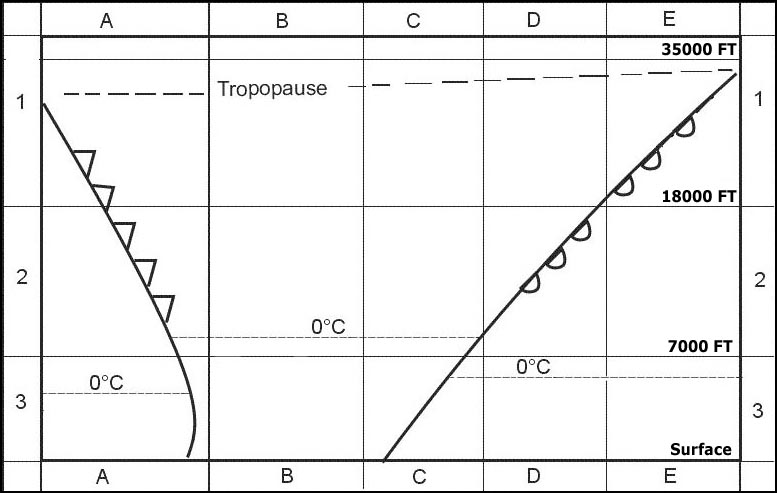 Reduction in the perception of high tones first.
Reduction in the perception of high tones first. Presbycusis causes initial loss of ?
Question 112-38 : High tones low tones low and high tones equally conductive hearing
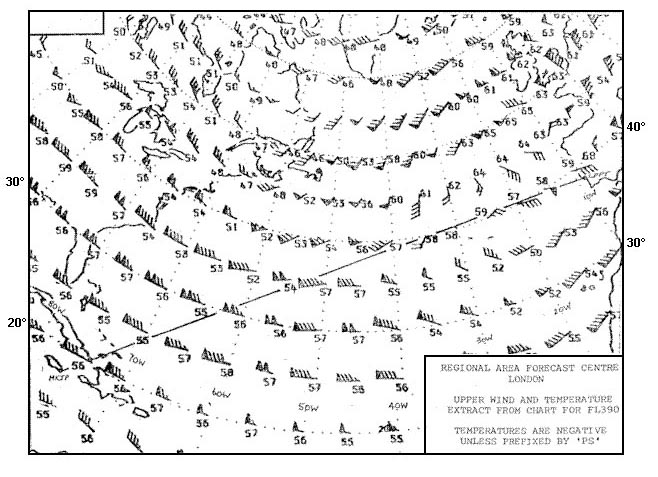 High tones.
High tones. Pilots should not take antihistamines because they may cause .1 drowsiness and ?
Question 112-39 : Only 1 3 and 4 2 3 and 4 1 and 3
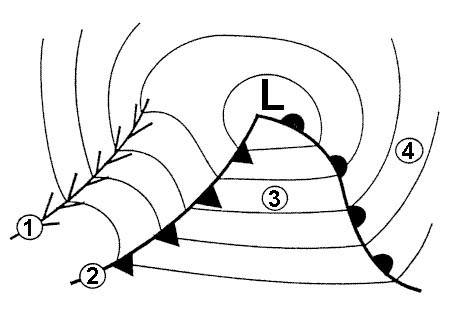 Only 1.
Only 1. Resonance of the body parts can result from ?
Question 112-40 : Vibrations from 1 to 100 hz vibrations from 16 hz to 18 khz acceleration along the longitudinal body axis angular velocity
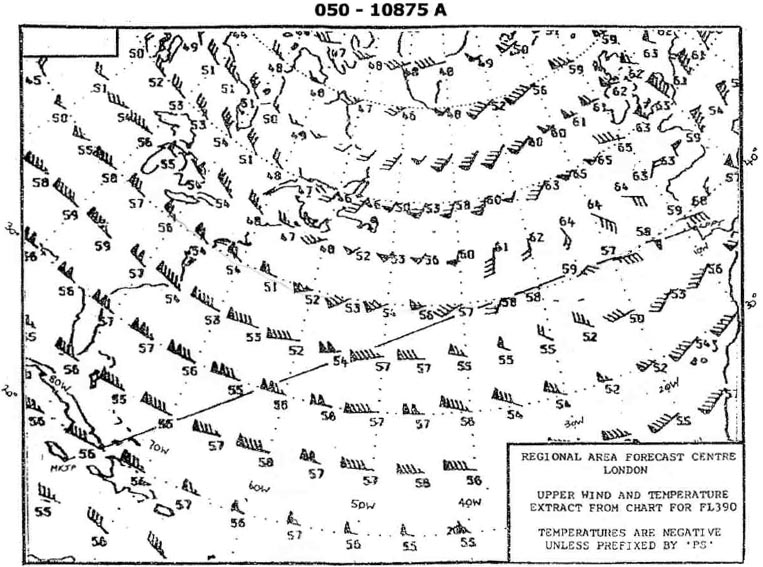 Vibrations from 1 to 100 hz.
Vibrations from 1 to 100 hz. ~
Exclusive rights reserved. Reproduction prohibited under penalty of prosecution.
4439 Free Training Exam
